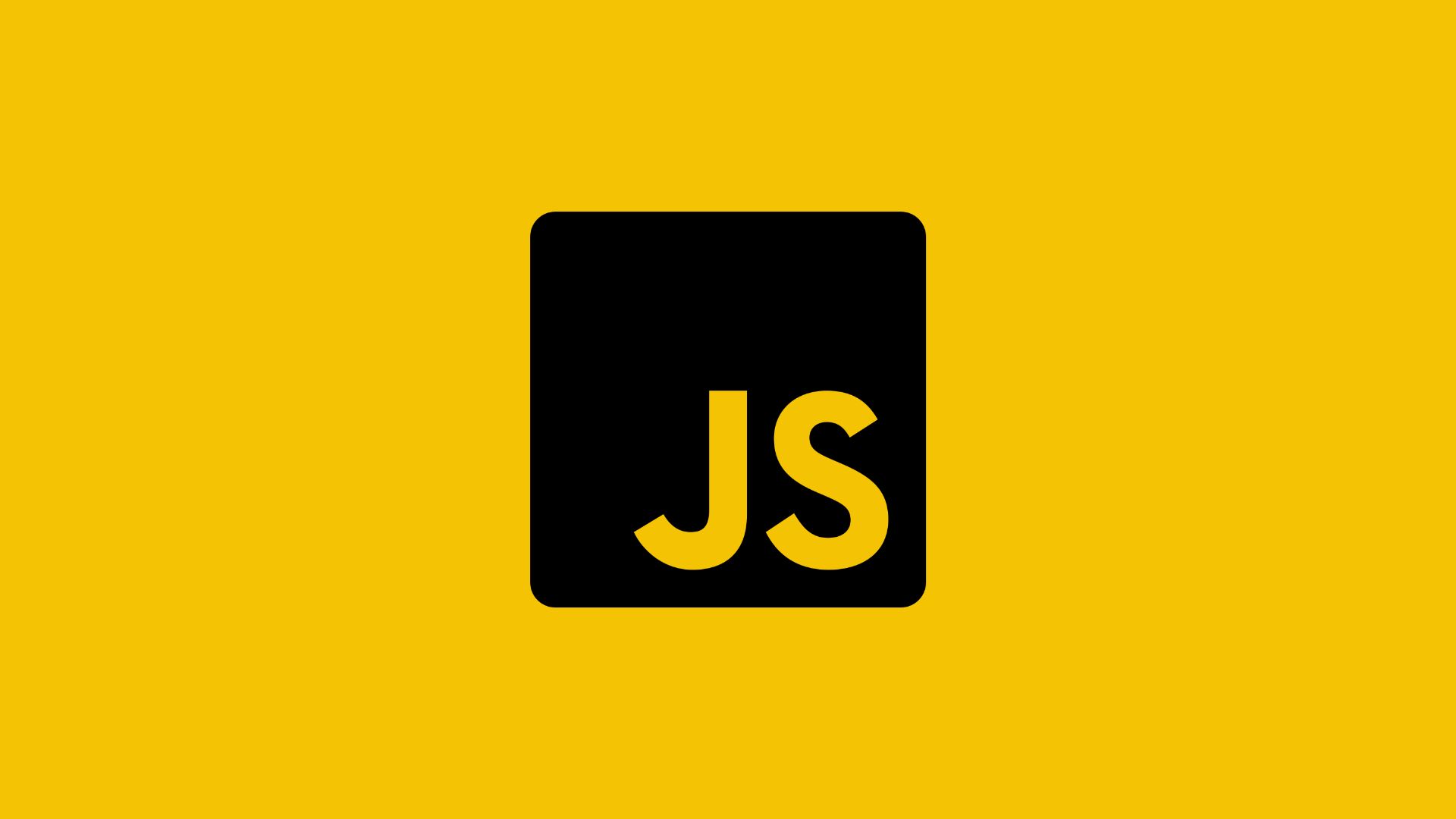How to use Regular Expression in Javascript?
Are you ready to dive into the world of JavaScript interviews armed with the mighty tool of Regular Expressions? If you’re looking to up your game and stand out among the competition, understanding how to wield Regular Expressions can be your secret weapon. In this comprehensive guide, we’ll unravel the mysteries of Regular Expressions (often abbreviated as regex or regexp) and provide you with the knowledge and confidence to tackle JavaScript interviews with finesse.
Regular Expressions, often referred to as regex or regexp, are a sequence of characters that define a search pattern. This search pattern can be used to perform powerful and flexible text manipulation tasks. In JavaScript, regex is implemented through the RegExp object, allowing developers to match and manipulate strings with incredible precision.
1. Unveiling the Core Concepts of Regular Expressions
To excel in utilizing Regular Expressions during JavaScript interviews, it’s essential to grasp the fundamental concepts. Let’s take a closer look at these building blocks:
Subhead: Understanding the Syntax
Regular Expressions in JavaScript consist of a combination of normal characters and special characters, forming a pattern. Special characters are used to represent various elements, such as digits, letters, or whitespace. For instance, the \d character represents any digit.
Subhead: Quantifiers and Anchors
Quantifiers allow you to define how many times a character or a group of characters should appear. Anchors, on the other hand, specify the position of a match within a string. Utilizing quantifiers and anchors can significantly enhance your regex prowess.
2. Navigating the World of Regex Methods in JavaScript
JavaScript offers a plethora of methods to work with Regular Expressions. Knowing which method to use in different scenarios can showcase your expertise. Here are some essential methods to master:
Subhead: The .test() Method
This method returns a Boolean value indicating whether a match was found in the given string. It’s an excellent way to quickly check if a string conforms to a specific pattern.
Subhead: The .match() Method
The .match() method returns an array containing all the matches found in a string. It provides valuable information about the matched elements, allowing you to extract and manipulate them.
Subhead: The .replace() Method
Regex shines brightest in the .replace() method, where you can not only find patterns but also replace them with desired values. This method is a cornerstone for string manipulation tasks.
3. Harnessing the Power of Capture Groups and Backreferences
To truly demonstrate your expertise with Regular Expressions in JavaScript, understanding capture groups and backreferences is essential.
Subhead: Using Parentheses for Capture Groups
Parentheses ( ) in a regex pattern create capture groups. These allow you to extract specific portions of a matched string. For instance, in the pattern (\d{2})-(\d{2})-(\d{4}), each set of parentheses captures day, month, and year respectively.
Subhead: Referencing Captured Groups
Backreferences allow you to reuse captured groups within the same regex pattern. This is a powerful feature that enables complex matching and transformation operations.
4. Common Pitfalls and Tips for Regex Success
While Regular Expressions can be immensely powerful, they can also lead to confusion and frustration. Here are some tips to steer clear of pitfalls and enhance your regex skills:
Subhead: Start Simple, Build Complexity
Begin with basic patterns and gradually add complexity. This approach not only makes your regex more manageable but also aids in debugging.
Subhead: Test Thoroughly
Regular Expressions can sometimes behave unexpectedly due to their intricate nature. Thoroughly testing your patterns against a variety of inputs is essential to ensure consistent behavior.
Subhead: Comment Your Patterns
As regex patterns become more complex, adding comments within the pattern using (?#...) can help you and others understand the intent behind each element.
5. Frequently Asked Questions (FAQs)
How do I create a case-insensitive regex pattern in JavaScript?
To create a case-insensitive pattern, you can use the i flag. For example, /hello/i will match “Hello,” “HELLO,” and “hello.”
Can I use Regular Expressions to validate email addresses?
Yes, you can. Regex can be used to validate email addresses by defining a pattern that checks for common email format components.
What’s the difference between match() and exec() methods for regex?
Both methods can be used to find matches in a string using a regex pattern. However, while match() returns an array of matches, exec() returns detailed information about a single match.
Are Regular Expressions limited to JavaScript?
No, Regular Expressions are supported in various programming languages and tools, making them a versatile skill to have.
Is there a limit to the complexity of regex patterns?
While regex patterns can become complex, it’s essential to find a balance between readability and complexity. Extremely intricate patterns might be challenging to understand and maintain.
Can I match multiple patterns in a single regex?
Yes, you can use the | (pipe) operator to create an alternation that matches one pattern or another.
Conclusion
Congratulations! You’ve unlocked the potential of Regular Expressions in the realm of JavaScript interviews. By understanding the core concepts, mastering essential methods, and navigating advanced features like capture groups and backreferences, you’re now equipped to tackle regex-related challenges with confidence. Remember to practice consistently and explore real-world scenarios to solidify your skills. Embrace the power of regex, and let it guide you toward success in your coding endeavors.
Remember, in the dynamic world of programming interviews, the ability to harness regex effectively can be the key that sets you apart, allowing you to shine brilliantly in any JavaScript interview scenario.
SOURCEBAE: HIRE REACT DEVELOPER





